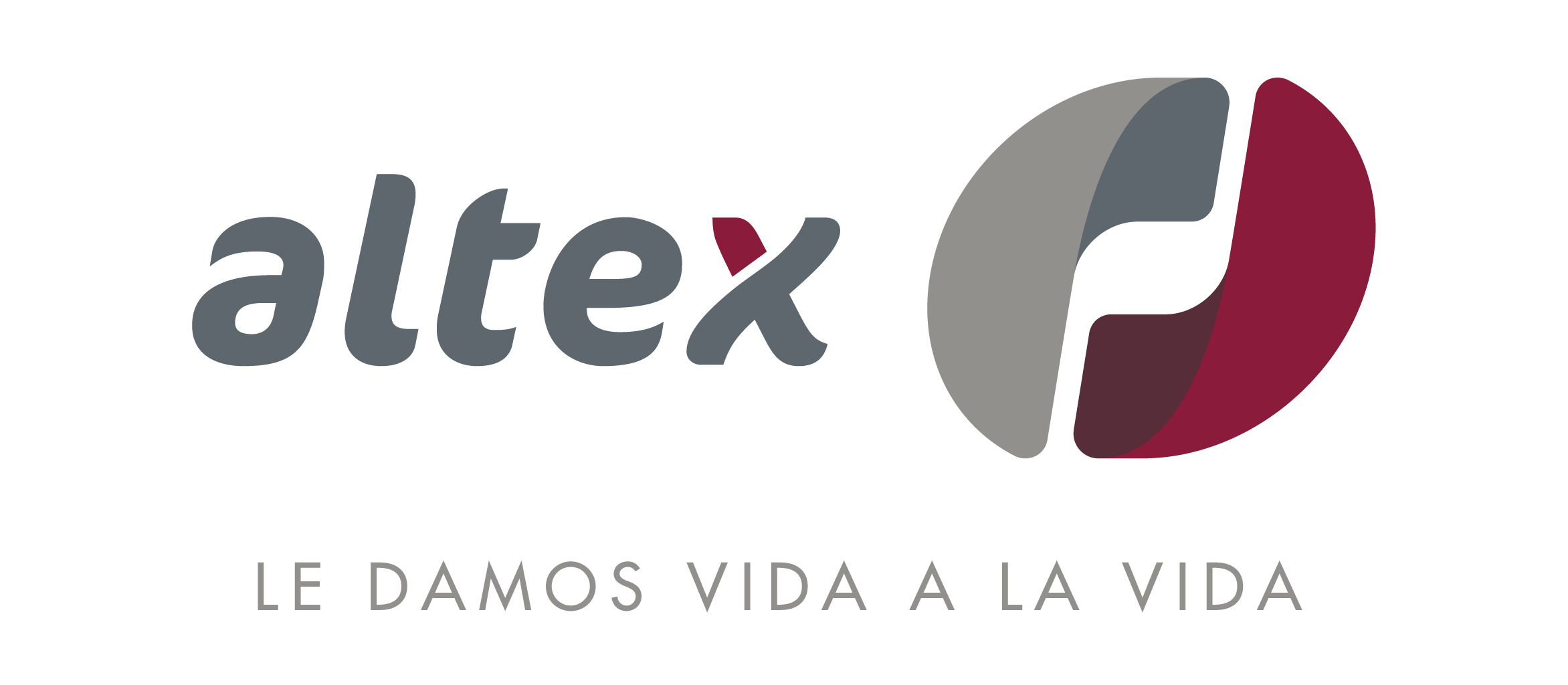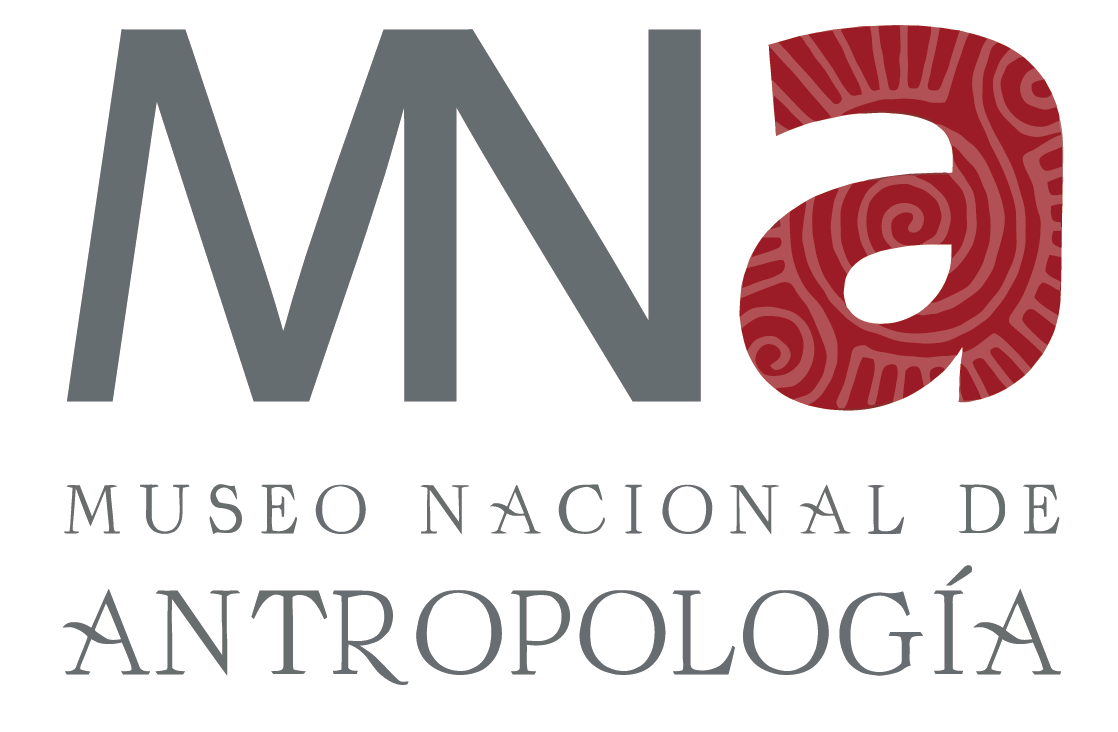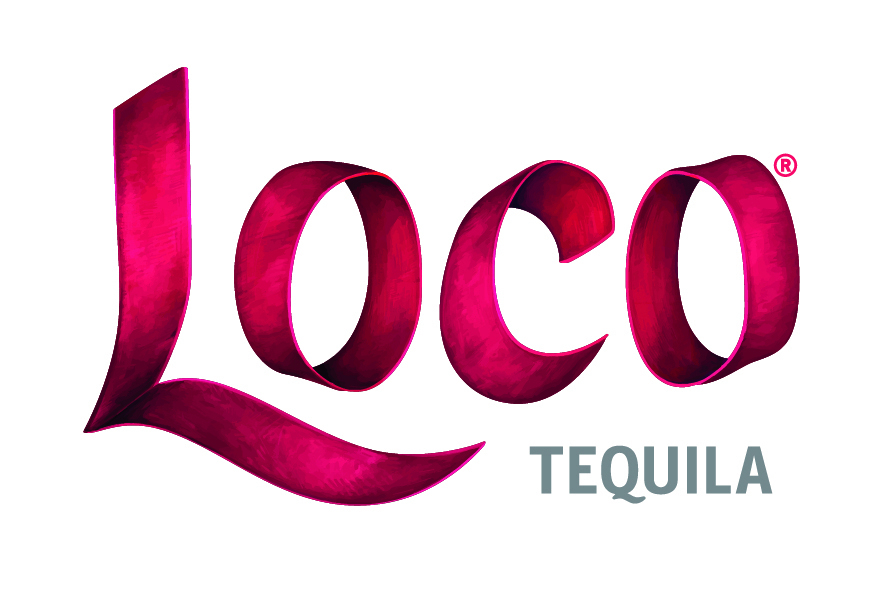SITAC XV The End
Upon seeing a photograph for the first time, the french artist Paul Delaroche famously declared in 1840: “as of today, painting is dead.” Nearly two centuries later, painting is alive and well, and painters continuously seek to discover new things to do with the medium. In the subsequent decades, both photography and cinema (a stillborn “invention without a future,” according to its inventor) have repeatedly been declared either dead, on the verge of death, or reduced to a miniature digital derivative which we only watch on our smartphones. Perhaps it’s just photography and film as we’ve known them previously that are dead—or irreversibly transformed. Death has always been at the core of both photography and film. Any number of theoreticians have reflected on the connections between these two media and death. “All those young photographers who are at work in the world, determined upon the capture of actuality,” wrote Roland Barthes in Camera Lucida, “they are agents of Death.” “Cinema,” the film archivist Paolo Cherchi Usai writes, “is the art of destroying moving images.” What is clear is that the boundaries separating these media from others like them (Snapchat, Instagram, and TikTok—which have only existed for a few years) are increasingly blurry, if not irrelevant, and that these new forums where today billions consume images are both like and unlike photography and film. Social media tools are used for countless ends, including those of criminal organizations, who broadcast their threats, taunts, and murders. Rather than hide the identity of the perpetrators of their crimes, these media provide a forum for perpetrators to advertise their wrongdoings. Meanwhile, activist citizens use these same technologies to document and denounce police brutality and abuse—brutality often directed at the imagemakers themselves. Digital manipulation further undermines the evidentiary and indexical status of documentary images, and fake (or highly partisan) news weakens journalism’s (and photojournalism’s) claims to the real. Digital platforms facilitate the widespread piracy (and détournement) of images. The Covid-19 quarantine may have been the one more step toward absolute digital domination, reducing our engagement with reality and society to a series of digital screens.
Meanwhile, photographers and filmmakers continue to make work that foregrounds the emulsion, the artifacts of hand-processing, the flicker of the projector, and other qualities unique to the media in which they work. Filmmakers project images that hover at the threshold of the moving image and the still. On the US-Mexico border, photographers subvert humanist photography and its assumptions. In many Latin American countries and places in Mexico like Veracruz, Ciudad Juarez, and Mexico City, the pervasive climate of fear produced by escalating violence, femicides, organized crime and corrupted law enforcement forces media artists to rethink the strategies to represent and condemn the terrifying context in which they work.
This edition of SITAC, the fifteenth, marks the twentieth anniversary of the symposium, and will bring together an international and multigenerational group to discuss these issues: theoreticians, art historians, filmmakers, philosophers, artists, and others from Mexico, elsewhere in the Americas, and beyond. Experimental media artists Ximena Cuevas, Craig Baldwin, and Steve Fagin will dialogue with the collective Los Ingrávidos. The photo historian Abigail Solomon-Godeau will perform a moving exorcism of documentary’s ghosts. Lorena Gómez Mostajo and Lourdes Portillo will present their projects from the U.S.-Mexico border, while Rubén Ochoa will explain his anti-monumental Snapchat activism in the heart of Los Angeles’ Central American diaspora. The event will be preceded by a film series and the publication of a reader, an anthology of reprinted essays, articles, extracts, and manifestos aimed at introducing a non-specialist public to the fundamental concerns and questions motivating this SITAC.
SITAC XV Identity by Estudio Herrera 1
SITAC XV Identity by Estudio Herrera 2
Ataque a una diligencia, Raúl Guerrero, 1995-2021
Mujer del Puerto, Raúl Guerrero, 1993-1998
Scratches on the Film, Ed Ruscha, 1993
The End #68, Ed Ruscha, 2006
Due to the sanitary conditions and the capacity of the auditorium of the National Museum of Anthropology, it is necessary to confirm your attendance at this link: https://bit.ly/registrositac
Patrocinios







Dates
March 17, 2022 - March 19, 2022
Participants
Abigail Solomon-Godeau, Jesse Lerner, Rubén Ortiz Torres, Itala Schmelz, Lorena Mostajo, Natalia Majluf, Juan Antonio Molina, Colectivo Los Ingrávidos, Mara Huerta, Ximena Cuevas, Steve Fagin, Craig Baldwin, Walter Forsberg, Lourdes Portillo, Trevor Paglen, Kate Crawford, José Falconi, Irving Domínguez, Amalia Ulman, Doreen A. Ríos, Ruben Ochoa, Eduardo Thomas, Vicente Razo, Tripsdensos, Ranchito, RRD [Red de Reproducción y Distribución]Venues
Museo Nacional de Antropología
Etiquetas
sitac
